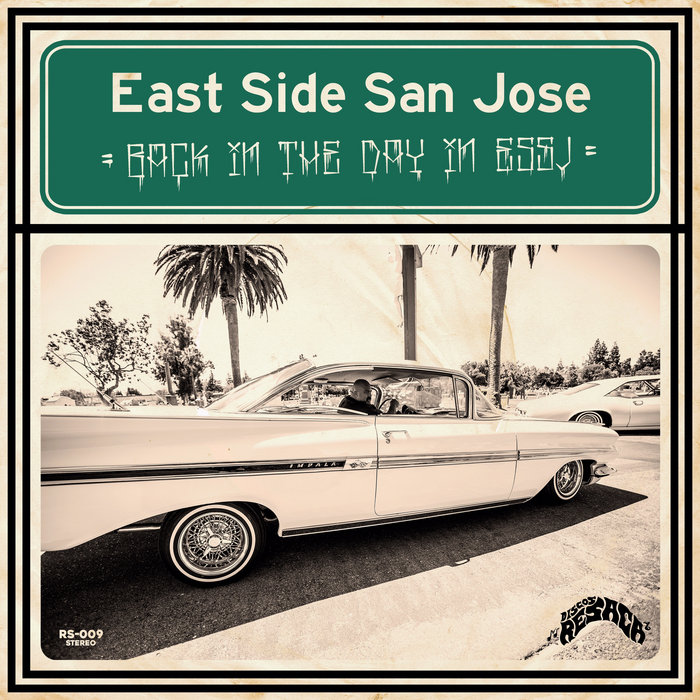
Marimba de ChonTokio – Mumbia Y Sus Candelosos
this blog is GROOVY – check out great Soul, Funk, Jazz, Hip Hop, Bass, Breaks , Reggae, House n many more TUNES
Hey there, music lovers! Let’s take a wild ride through the vibrant world of cumbia—a genre that’s not just about beats but also about stories, culture, and some downright hilarious moments. So grab your dancing shoes because we’re diving into the history and groove of cumbia!
Cumbia originated in Colombia during the 19th century as a fusion of African, Indigenous, and Spanish influences. Picture this: African slaves brought their rhythms and dances to the coastal regions while Indigenous communities contributed traditional instruments like drums and flutes. Add a sprinkle of Spanish flair with guitar melodies, and voilà—cumbia was born! It started as courtship music among enslaved people and evolved through various regional styles.
In its early days, cumbia was all about celebrating life—and let’s be real—it was also sometimes used to woo someone special on the dance floor. Back then, it involved lots of percussion; those beats had folks moving their hips like nobody’s business!
By the late 20th century, cumbia began spreading beyond Colombia’s borders into other countries in Latin America. Each place added its flavor to the mix: from Mexico’s Cumbia Sonidera to Argentina’s Cumbia Villera. And trust us—the variations are mind-blowing!
As time went by, bands started mixing cumbia with rock ‘n’ roll rhythms—imagine guitar riffs paired with catchy accordion lines! This unique blend led to even more diverse sounds.
Now here comes a funny fact: one iconic group from this era is Los Ángeles Azules. They were known for their upbeat tunes but once accidentally performed at a wedding without realizing they were crashing it! Talk about taking your gig too far!
In Peru, musicians threw in salsa vibes into their cumbias while artists like Celso Piña added an accordion twist that had people dancing all night long.
Fast forward to the ’90s when electronic sounds entered our lives like an unexpected guest who brings snacks—everybody loved them! Musicians began mixing electronic elements into classic rhythms creating what we now know as modern cumbias.
This era gave rise to groups like La Sonora Dinamita whose infectious sound became synonymous with parties everywhere. Need proof? Just try keeping still when “El Viejo del Saco” starts playing—you can’t do it!
And let me tell you another quirky tidbit: Jorge Celedón got his start singing ballads before he joined forces with older musicians called “Los Mattos” who said he danced so much he made them exhausted just watching him perform!
Today? Oh man—it seems everyone wants some of that juicy cumbia goodness! From international collaborations featuring reggaeton artists remixing classic tracks (“Danza Kuduro,” anyone?) to popular festivals where DJs spin sick mixes until dawn breaks—cumbias have gone global baby!
But hold up; it gets better! Cumbias often serve as an anthem against social injustices across many communities which adds depth alongside all those groovy vibes.
One notable artist is Shakira (yeah you heard right!), whose song “La Tortura” features elements inspired by Colombian musical traditions—including some spicy little bits drawn from her roots in…you guessed it—cumbias!
You might think musicians live glamorous lives filled only with rock stars & red carpets—but oh no—they’ve got stories galore:
Accidental Dance Off:
During one concert performance by Grupo Frontera where fans couldn’t stop cheering after every note played; band members spontaneously challenged each other mid-song—to improvise different dance moves right there on stage!
Lost Instruments:
There have been instances where famous bands forgot crucial instruments backstage leading them improvising using whatever was available such as broomsticks or even pots & pans!
Costume Confusion:
A legendary moment occurred when Los Angeles Azules showed up dressed in full mariachi gear for what they thought was supposed solely be traditional attire only for attendees end up thinking they’re getting more than just great tunes – cue laughter instead!
DJ Mix-Up:
At one festival event last year featuring several headliners—all DJs accidentally mixed each other’s tracks causing chaos yet turned out super fun nonetheless since thousands still grooved together until sunrise arose turning frowns upside down.
So there you have it—a colorful journey through thumping beats rooted deep within Latin American culture that has bounced around generations bringing joy wherever its played “Toca la botella” style fingers ready-to-dance grooves along way!!
From its humble beginnings in Colombia streets embracing cultures blended unexpectedly cross-country versions developing ever-so-unique variations plus entertaining anecdotes reminding us these amazing performers aren’t just entertainers—they’re good ol’ fashioned fun-makers at heart too!!
Grab your friends next time find yourself enjoying those irresistible rhythms don’t forget check if someone needs rescuing off floor ’coz move goes strongnothing else matters but living joyful essence embodied within sweet sounds dubbed simply…CUMBIA!!

Marimba de ChonTokio – Mumbia Y Sus Candelosos

Sometimes (feat. Sunny Ozuna) – Discos Resaca